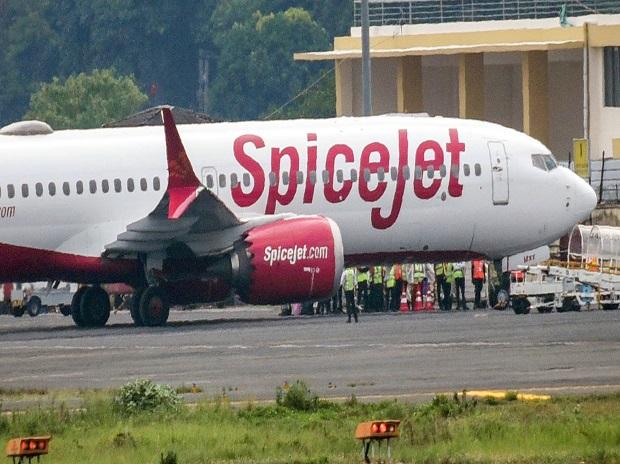[ad_1]
SpiceJet on Monday reported its highest ever quarterly loss in the second quarter of the fiscal year (Q2FY23) after the carrier’s operations were impacted by record high fuel prices, limited capacity and rupee depreciation. The airline’s consolidated loss widened by 46 per cent to Rs 833.2 crore year-on-year (YoY).
Earlier, the airline’s highest ever quarterly loss was recorded in the January-March period of FY20 at Rs 816.2 crore.
In Q2FY23, the airline’s expenses on fuel increased two-fold to Rs 1,226.4 crore from Rs 615 crore in the corresponding quarter of the previous fiscal year amid the Russia-Ukraine war. Its total expenses also jumped 39.56 per cent to Rs 2,935 crore in Q2.
SpiceJet’s total revenue also jumped 37.14 per cent to Rs 2,101.7 crore.
The carrier said it will hive off its cargo business in December quarter of FY23.
“The high ATF (aviation turbine fuel) prices and depreciating rupee continue to be a downer for the industry but the overall outlook for the sector remains positive,” said Ajay Singh, chairman and managing director, SpiceJet said on Monday,
The airline has raised Rs 210 crore from the government’s Emergency Credit Line Guarantee Scheme (ECLGS) this year.
Further, the carrier is in discussions with banks to raise additional funds under the ECLGS 3.0 extension scheme, with discussions in advanced stages, it said.
The airline’s board has also approved raising fresh capital ‘through issue of eligible securities to a qualified institutional buyer, in accordance with applicable law’, it mentioned.
The airline was operating below 50 per cent of its approved capacity for most of the second quarter in FY23. After a spate of incidents involving its planes, the Directorate General of Civil Aviation (DGCA) had on July 27 asked the airline to not operate over 50 per cent of approved flights (4,192 weekly flights), reducing the carrier’s weekly flights to 2,096. This capacity cap was in place till October 30.
In November, the airline is operating just 1,781 flights per week, which is 26.8 per cent less than what it was operating in November last year, according to aviation analytics company Cirium.

[ad_2]
Source link



